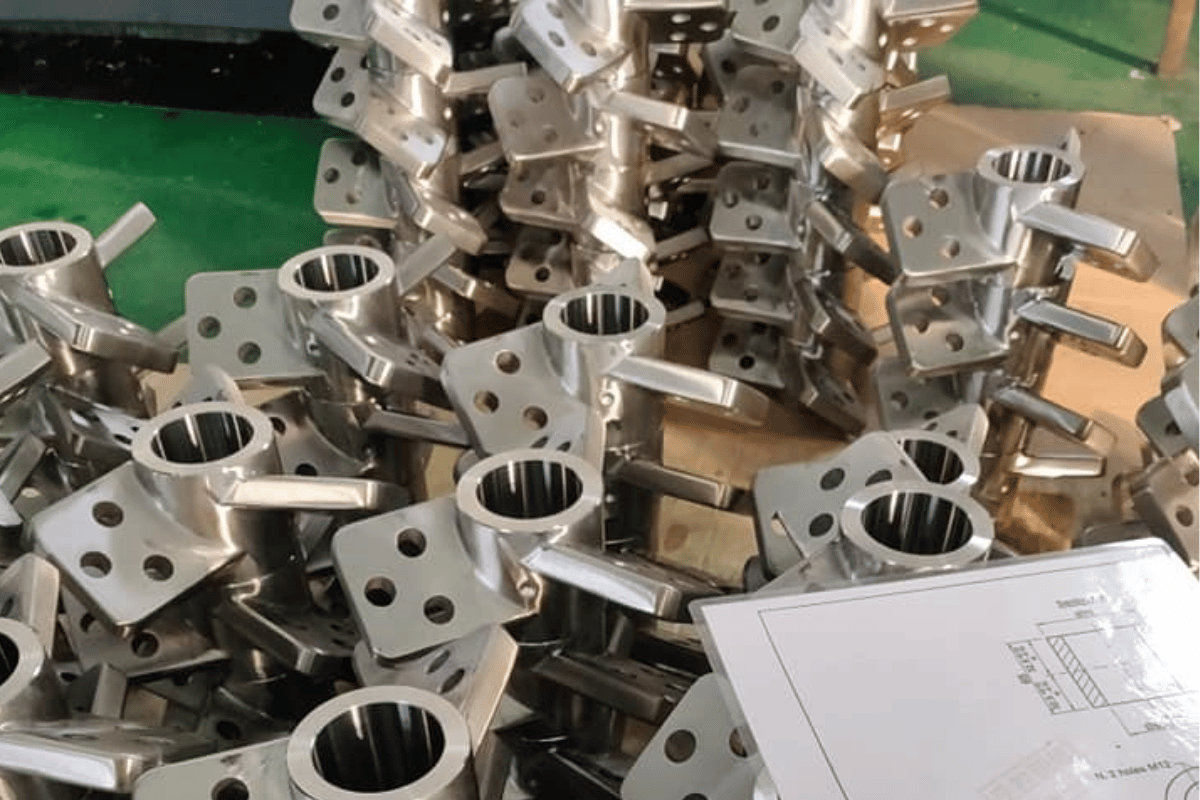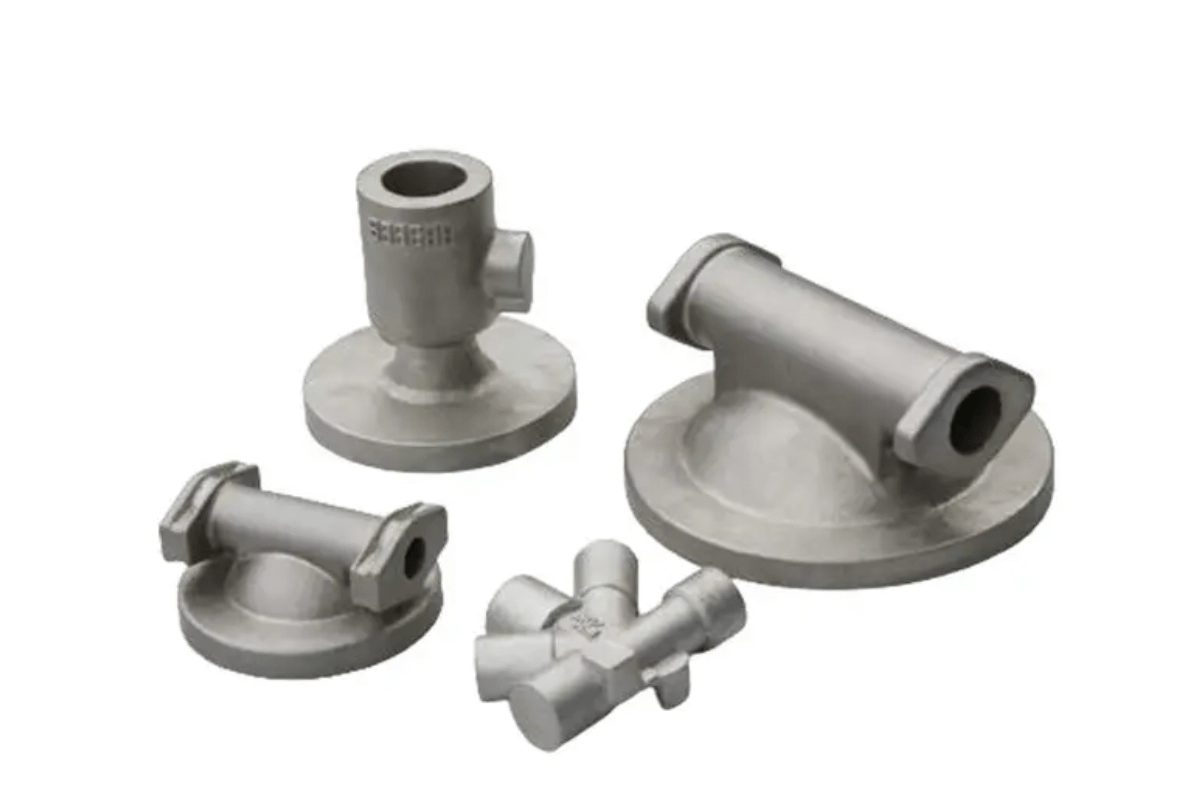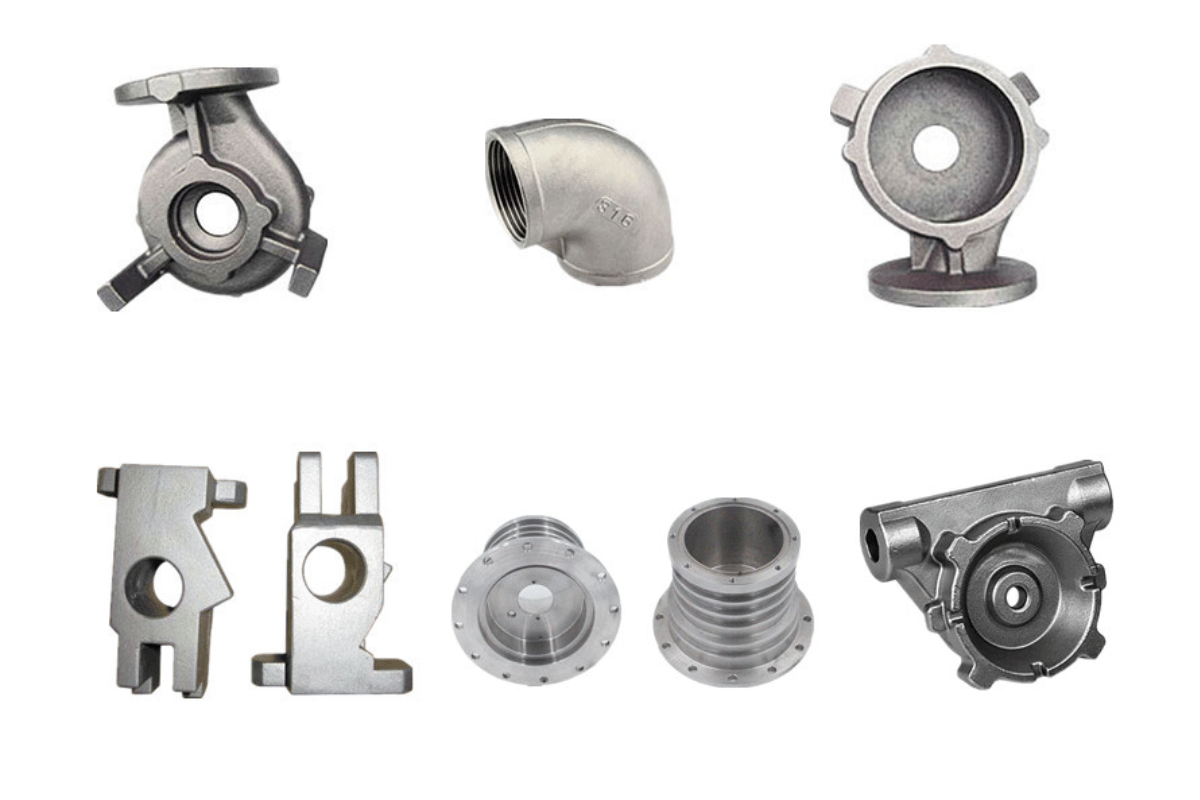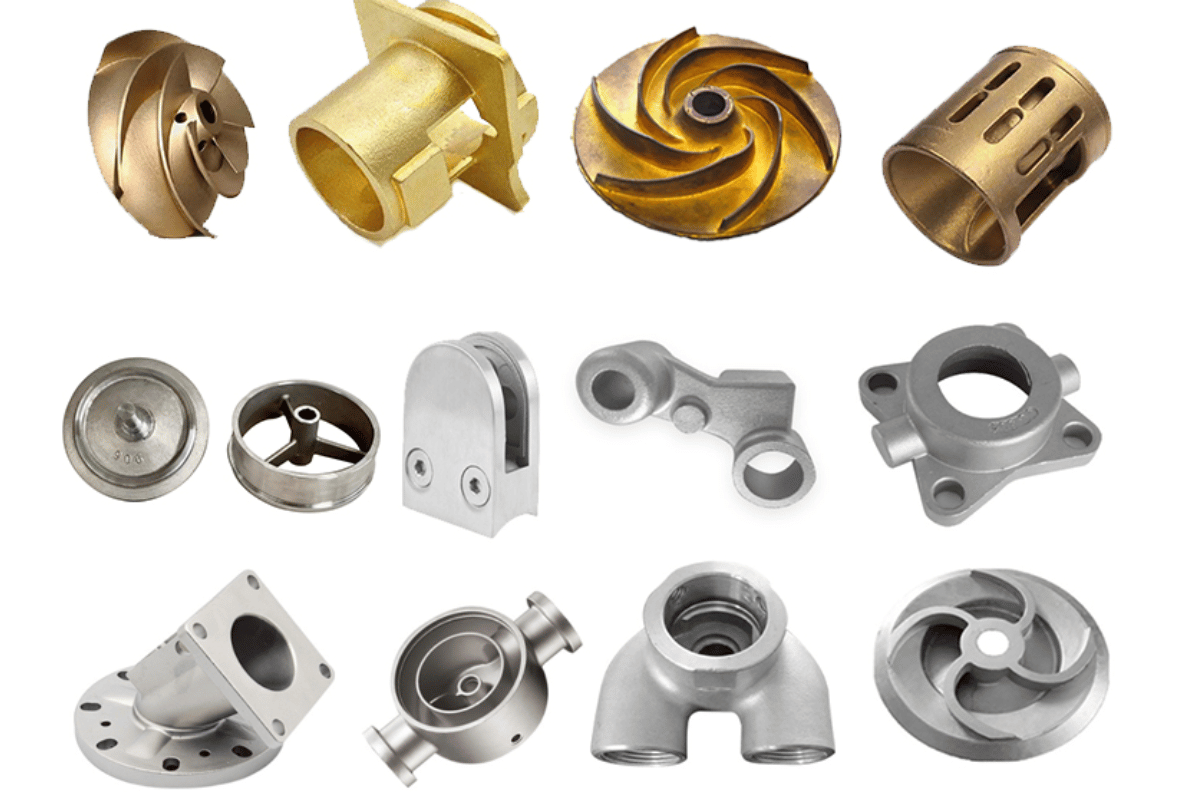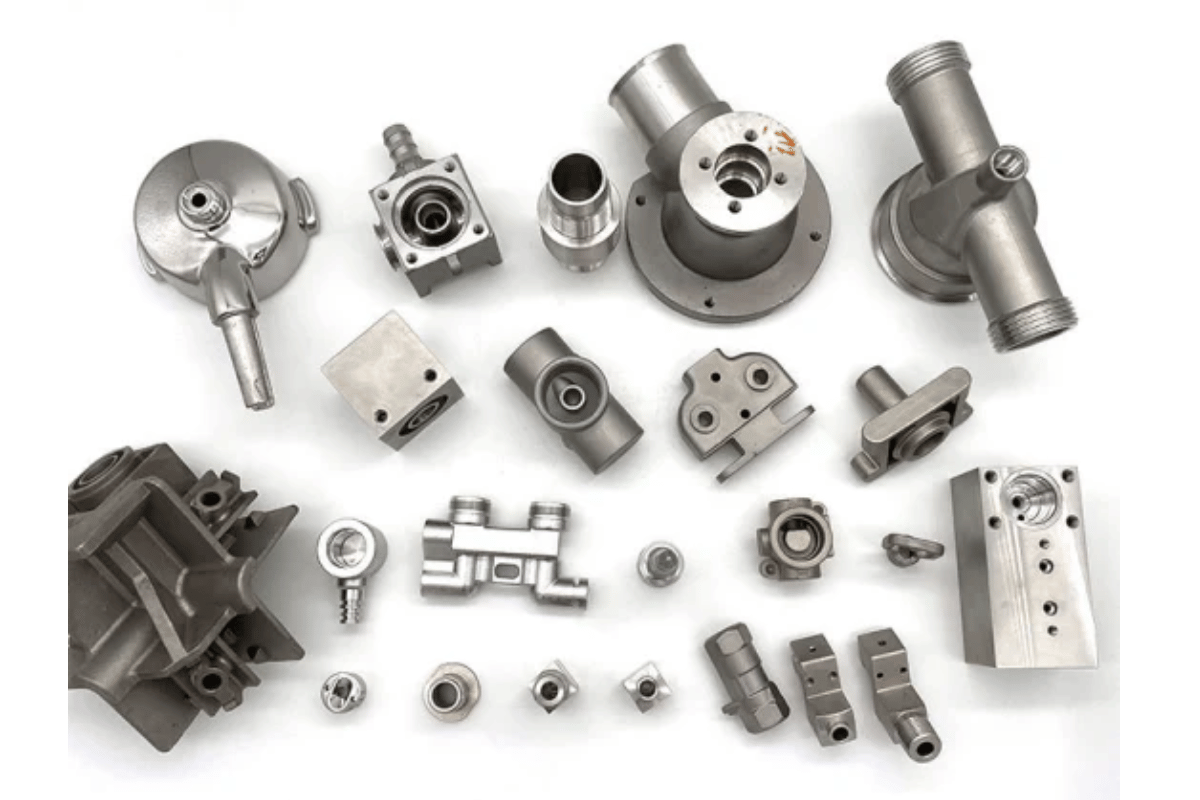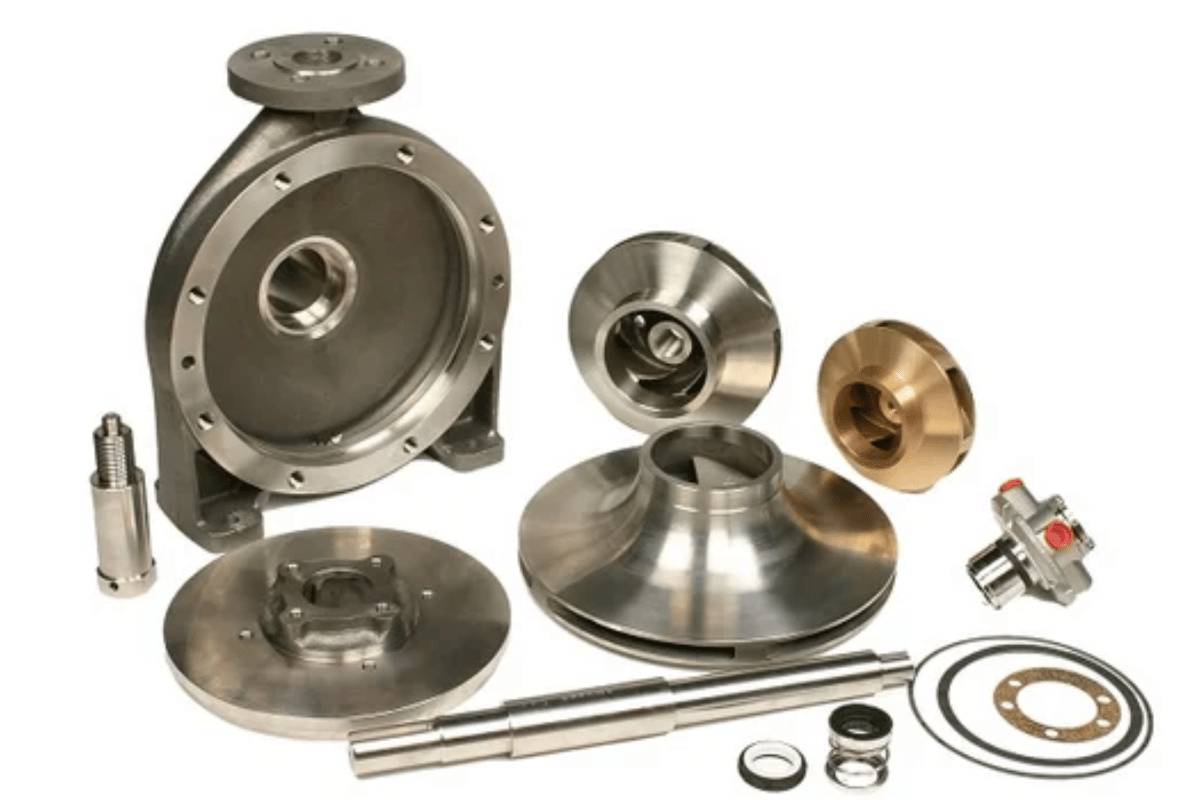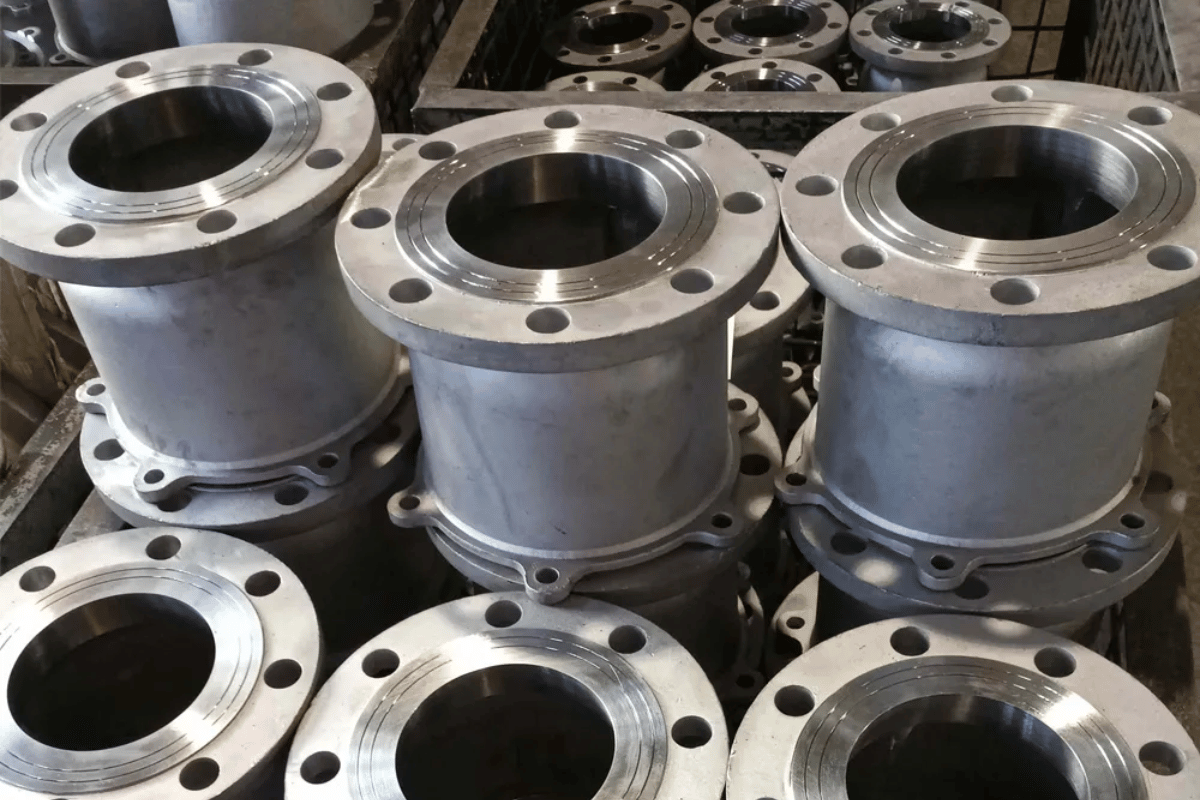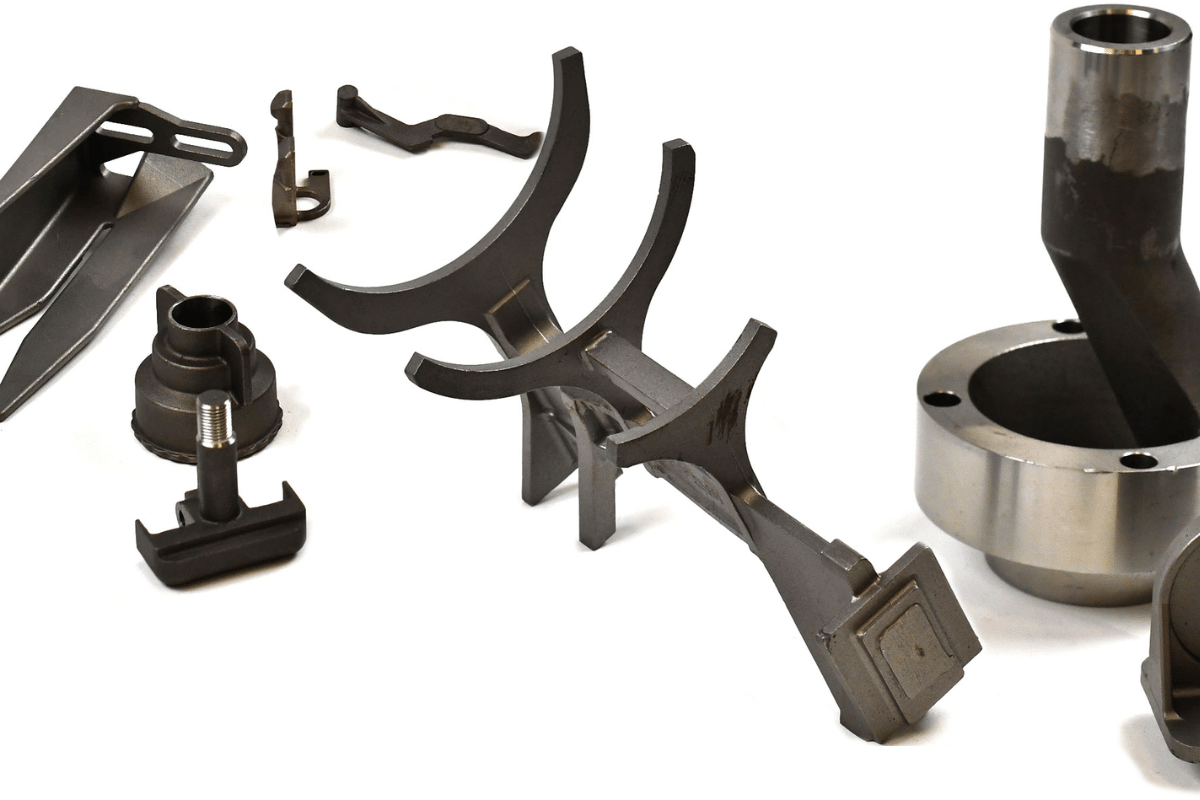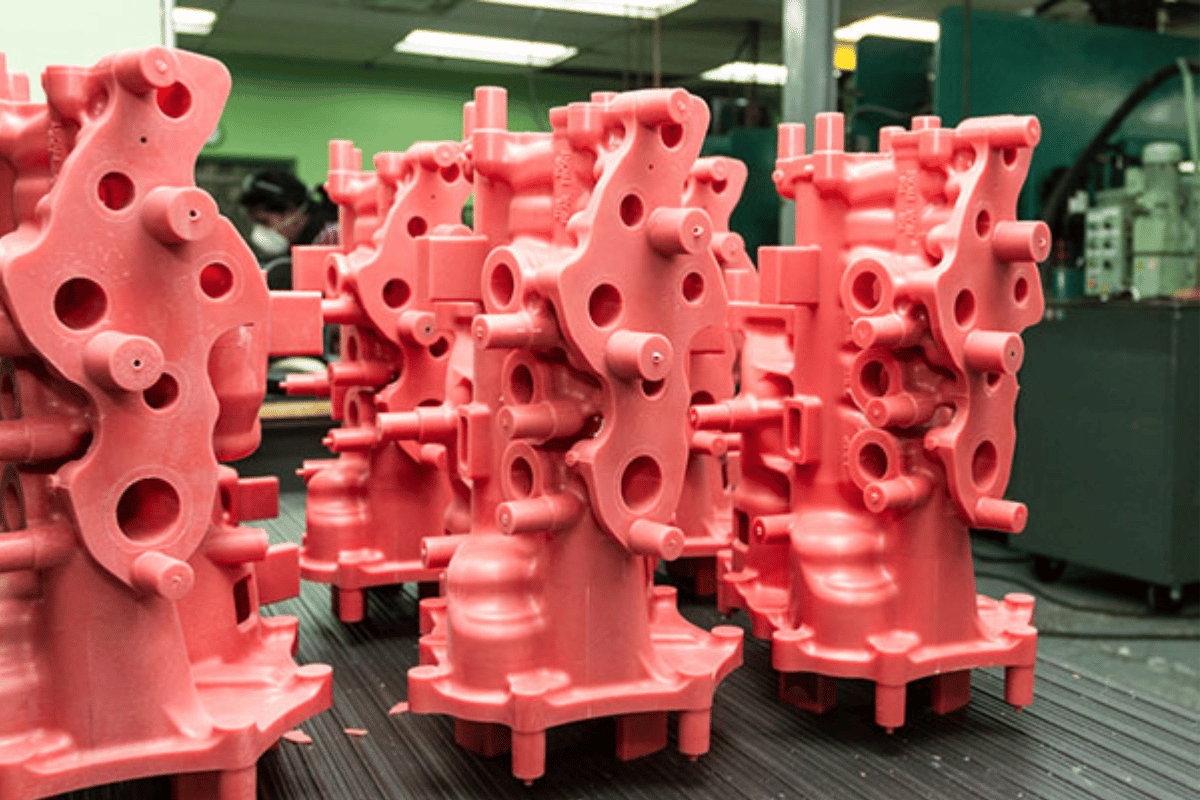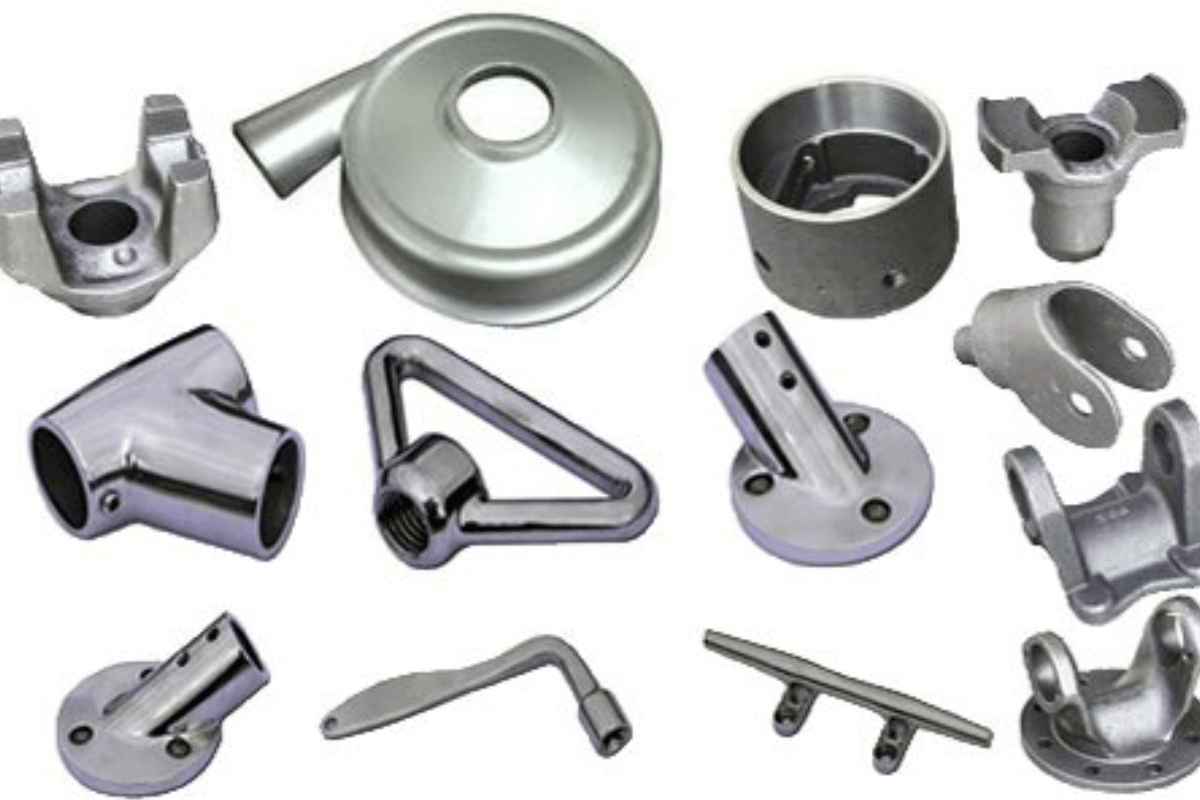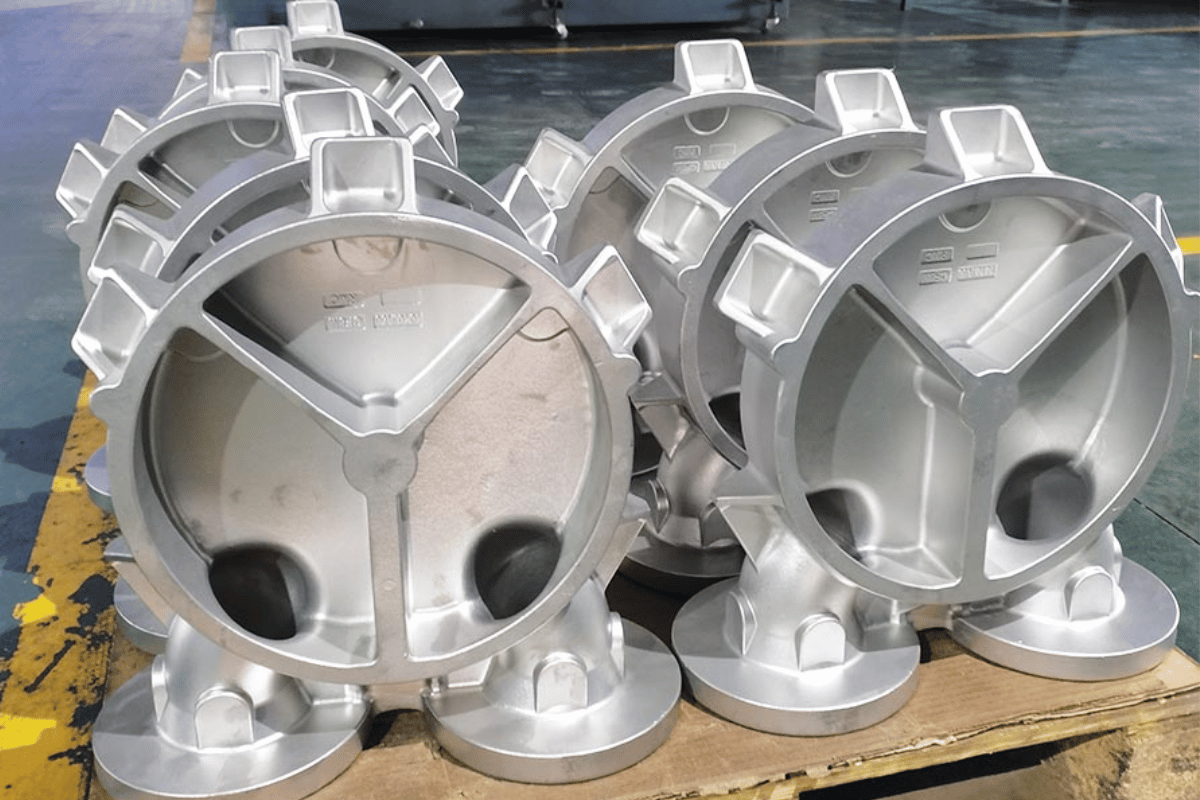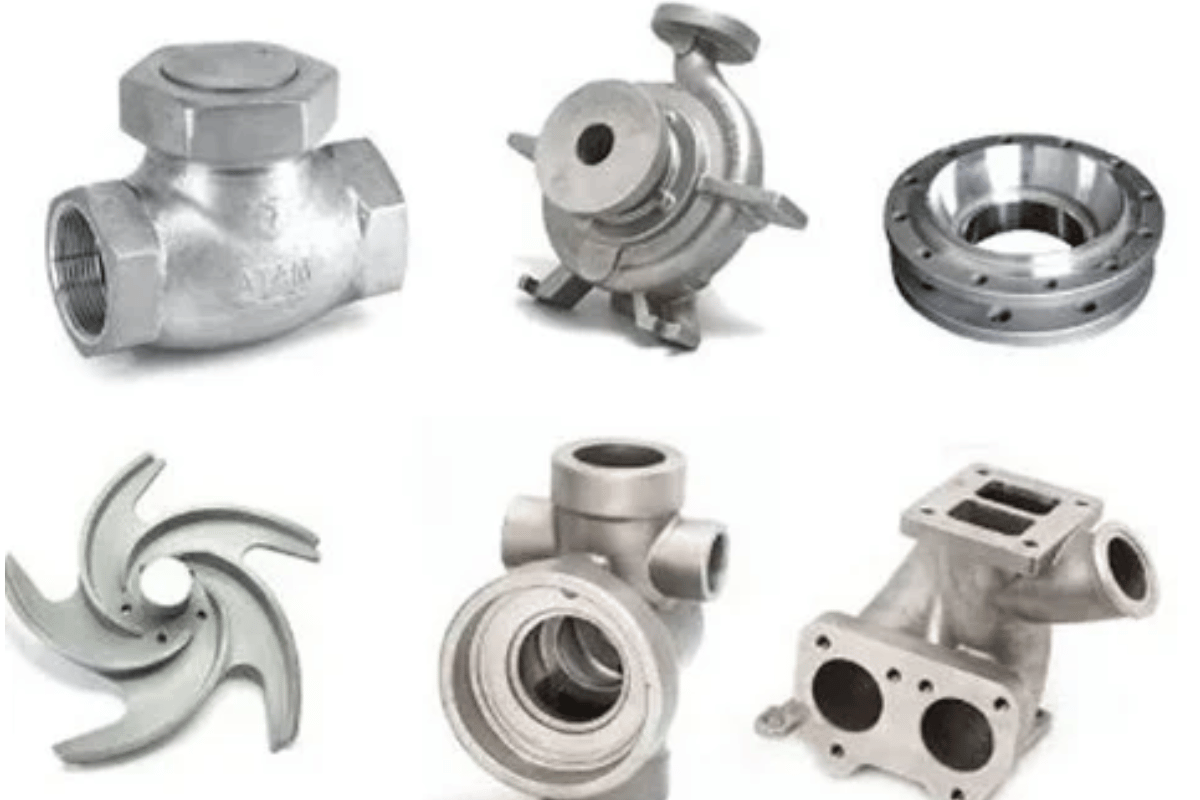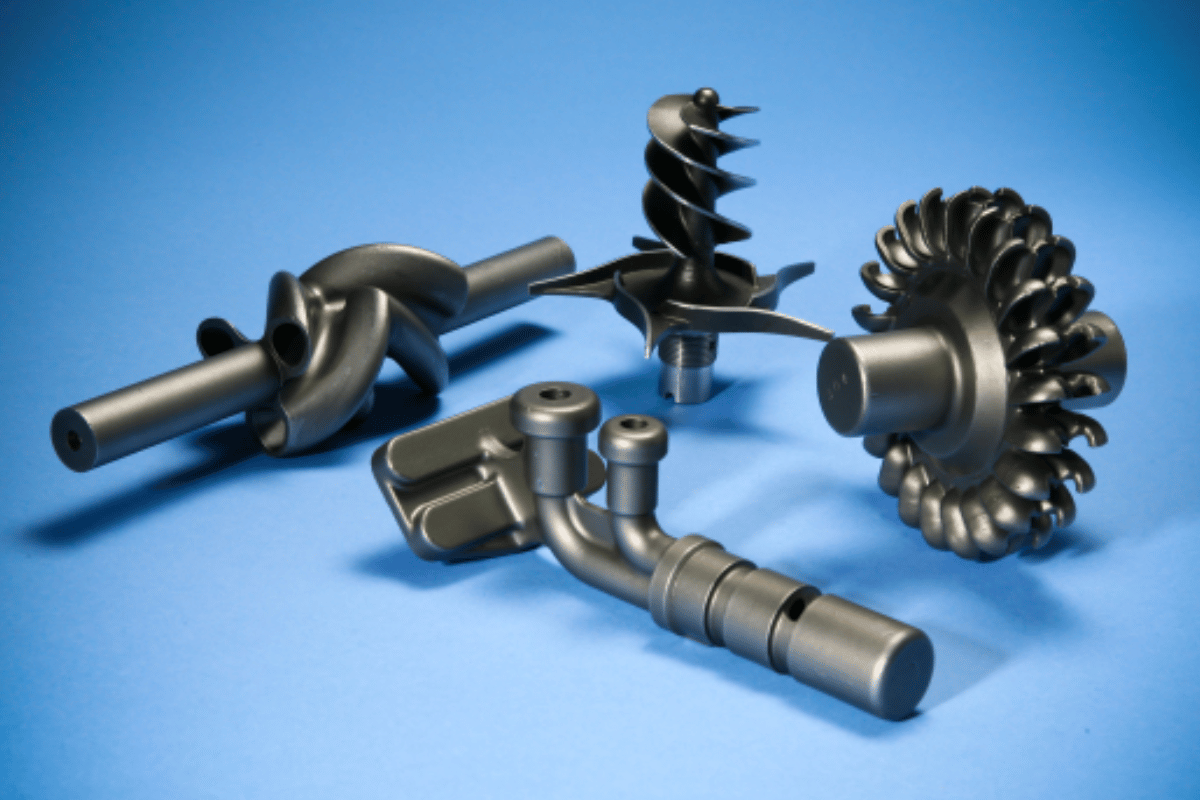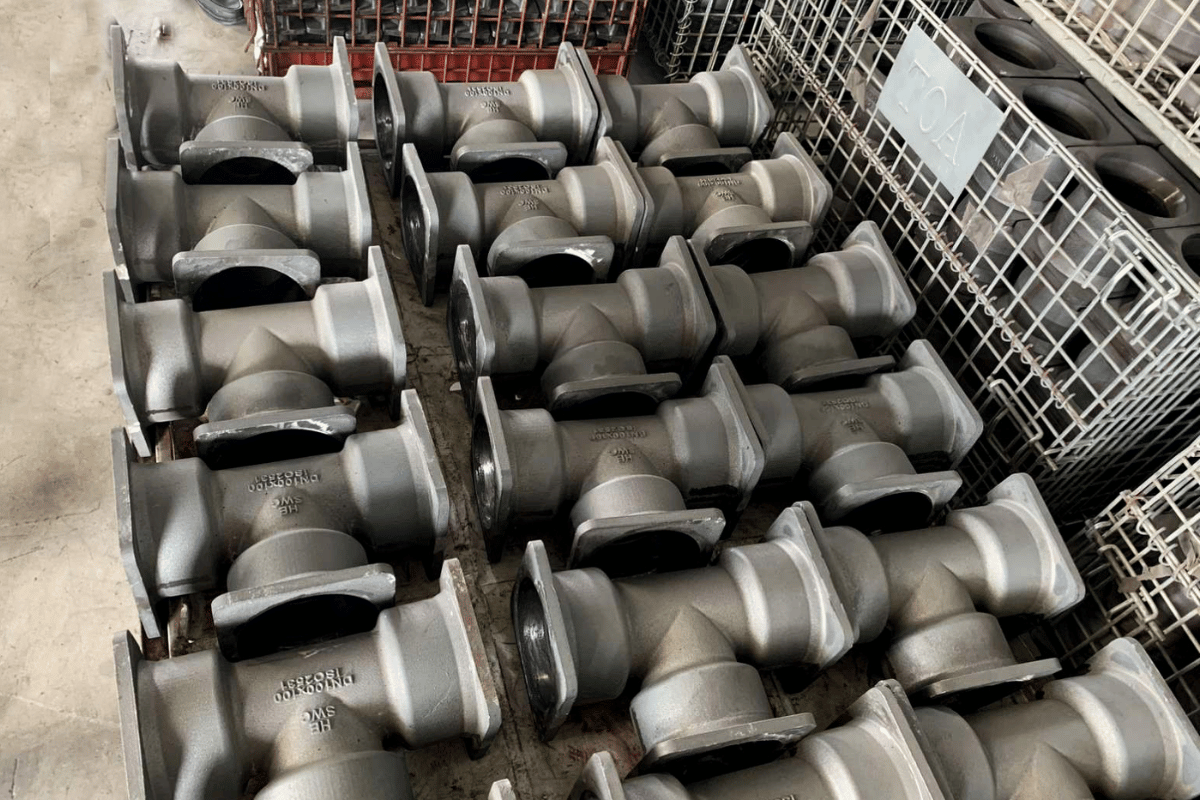In the realm of modern academia, the pursuit of sustainable and energy-efficient solutions has gained paramount importance. As universities seek to minimize their carbon footprint and optimize resource utilization, innovations like the King Super Maxx Power Saver have emerged as potential game-changers. This study delves into the impact of the King Super Maxx Power Saver on the energy consumption patterns of Tennessee University dormitories in the year 2023. With energy efficiency becoming a pressing concern, this research aims to shed light on the efficacy of this advanced technology in reducing energy consumption and promoting sustainability within university dorms.
As universities continuously strive to provide conducive living spaces for their students, the rising costs of energy and the environmental implications of excessive consumption cannot be ignored. Recognizing the need for proactive measures, the focus of this study is to investigate how the implementation of the King Super Maxx Power Saver can contribute to addressing these challenges. By introducing a cost-effective and environmentally conscious solution, this study seeks to bridge the gap between technological innovation and energy conservation within the unique context of university dormitories.
Through comprehensive data collection, analysis, and evaluation, this research aims to provide insights into the tangible benefits and potential challenges associated with integrating the King Super Maxx Power Saver into Tennessee University dorms. By examining the energy-saving capabilities of this technology, the study aims to contribute to the growing body of knowledge on sustainable practices in educational institutions. As the demand for more efficient energy consumption continues to rise, the findings of this study are anticipated to provide valuable guidance for universities striving to create a greener and more sustainable future.
Background and Significance
In today’s world, energy efficiency has become a critical concern across various sectors, and educational institutions are no exception. University campuses, bustling with activity day and night, consume substantial amounts of energy for lighting, heating, cooling, and electronic devices. This energy consumption not only leads to higher utility bills but also contributes to environmental degradation. Recognizing these challenges, universities are increasingly looking for innovative solutions to reduce their energy footprint and promote sustainability.
University dormitories, where students reside and study, represent a significant portion of a campus’s energy consumption. The rising costs of energy and the need for environmental stewardship have led institutions like Tennessee University to explore cutting-edge technologies like the King Super Maxx Power Saver. This device offers the promise of optimizing energy usage without compromising the comfort and convenience of dormitory residents. By automatically regulating energy consumption based on real-time demand, the King Super Maxx Power Saver holds the potential to revolutionize energy efficiency practices in university settings.
The significance of this study lies in its potential to not only reduce utility costs for the university but also to set an example for sustainable practices within the education sector. As universities strive to create an environment that nurtures future leaders and change-makers, integrating innovative technologies like the King Super Maxx Power Saver aligns with their broader mission of fostering responsible citizenship and environmental consciousness.
Moreover, as educational institutions become increasingly conscious of their environmental impact, the adoption of energy-saving solutions contributes to their reputation as leaders in sustainability. The implementation of the King Super Maxx Power Saver could position Tennessee University as a pioneer in energy-efficient practices, attracting positive attention from students, faculty, and stakeholders alike.
This study aims to explore the potential benefits of the King Super Maxx Power Saver in the specific context of Tennessee University dormitories. By assessing its impact on energy consumption, cost savings, and environmental outcomes, the research seeks to provide actionable insights that can guide future energy conservation efforts in university residential settings. Ultimately, the findings of this study are anticipated to contribute to a greener and more sustainable future for educational institutions and the broader community.

king super maxx power saver
Certainly, here’s the content for section
The King Super Maxx Power Saver represents a breakthrough in energy-saving technology designed to address the energy challenges faced by modern institutions, including universities. This cutting-edge device is engineered to optimize energy consumption without compromising the comfort and functionality of electrical appliances and devices used within dormitories. By intelligently regulating energy flow, the King Super Maxx Power Saver aims to strike a balance between energy efficiency and convenience.
At its core, the King Super Maxx Power Saver operates through advanced algorithms and sensors that monitor energy consumption patterns in real time. These algorithms analyze fluctuations in energy demand and supply, identifying periods of high and low usage. When the demand is low, the device optimizes energy consumption by limiting power to non-essential devices, such as chargers, idle electronics, and appliances on standby mode.
One of the standout features of the King Super Maxx Power Saver is its adaptability to different types of electrical equipment. Whether it’s a laptop, phone charger, microwave, or any other device, the power saver can intelligently manage the power supply to prevent energy wastage. This adaptability ensures that the device seamlessly integrates into the diverse range of electrical equipment found in university dormitories.
Additionally, the King Super Maxx Power Saver provides real-time insights into energy usage through a user-friendly interface. Students and dormitory residents can easily monitor their energy consumption and gain a better understanding of how their daily habits impact their energy bills. This feature promotes awareness and empowers individuals to make conscious choices about their energy consumption.
The potential benefits of the King Super Maxx Power Saver extend beyond financial savings. By optimizing energy usage, the device contributes to a reduction in carbon emissions, aligning with Tennessee University’s commitment to sustainability and environmental responsibility. Furthermore, the power saver’s implementation demonstrates the university’s dedication to providing a technologically advanced and environmentally conscious living environment for its students.
Certainly, here’s the content for section
Tennessee University, like many educational institutions, faces a series of energy-related challenges within its dormitories. As the number of students enrolling in the university continues to grow, so does the demand for electricity. This heightened demand poses several challenges, ranging from rising energy costs to the environmental impact of excessive energy consumption.
One of the primary issues is the surge in energy consumption during peak hours. When students simultaneously use electrical appliances and devices, such as laptops, air conditioners, and lighting, it results in a sudden spike in energy demand. This not only strains the university’s electrical infrastructure but also leads to higher utility bills.
Furthermore, the traditional energy consumption patterns within dormitories contribute to inefficient use of resources. Students often leave electronic devices plugged in and appliances running even when not in use. Such energy wastage is not only financially costly but also contributes to the university’s carbon footprint.
The environmental impact of excessive energy consumption cannot be overlooked. Universities have a responsibility to lead by example in promoting sustainable practices. Tennessee University recognizes the urgency to reduce its energy consumption and minimize its ecological footprint. Implementing solutions that address these challenges is a priority for the university’s sustainability initiatives.
Enter the King Super Maxx Power Saver – a potential game-changer in tackling these energy challenges. This innovative technology offers a way to optimize energy usage, reduce wastage, and contribute to a greener and more sustainable campus environment. By understanding the current energy landscape within the university dorms, we can better appreciate the significance of adopting such a transformative solution.

king super maxx power saver
Certainly, here’s the content for section
The introduction of the King Super Maxx Power Saver holds the promise of addressing various energy-related concerns within Tennessee University dormitories. This innovative technology offers a range of potential benefits that can contribute to a more sustainable and efficient energy consumption model.
Energy Savings and Utility Cost Reduction
At the forefront of the benefits is the potential for substantial energy savings. The King Super Maxx Power Saver employs advanced algorithms to monitor and optimize energy usage in real-time. By identifying and eliminating wasteful consumption patterns, the device ensures that only the required amount of electricity is used. This can lead to a significant reduction in the overall energy consumption within the dormitories.
As a result of these energy savings, the university can expect a notable decrease in utility costs. With the device actively working to minimize energy wastage during peak hours and inefficient usage, the financial burden on the university’s budget can be lightened. The cost savings derived from implementing the technology can then be redirected towards other critical areas within the institution.
Environmental Impact and Sustainability
Another crucial aspect of the King Super Maxx Power Saver is its potential to reduce the carbon footprint of Tennessee University. By optimizing energy consumption, the device contributes to a reduction in greenhouse gas emissions associated with electricity generation. This aligns with the university’s commitment to environmental sustainability and contributes to its broader goals of promoting green practices.
Ease of Implementation and User-Friendly Interface
One of the notable advantages of the King Super Maxx Power Saver is its ease of implementation. The device can be seamlessly integrated into the existing electrical infrastructure of the dormitories. Its user-friendly interface allows dormitory residents and administrators to monitor energy usage and make informed decisions.
Educational and Behavioral Impact
Beyond its direct benefits, the implementation of the King Super Maxx Power Saver can have educational and behavioral impacts on the university community. By showcasing the tangible results of energy-saving efforts, the technology can raise awareness about responsible energy consumption. Students can gain insights into their energy usage habits and be motivated to adopt more energy-efficient behaviors.
Positive Public Relations and University Reputation
The adoption of innovative technologies for energy efficiency reflects positively on Tennessee University’s commitment to sustainability. It enhances the university’s reputation as a leader in environmental stewardship and responsible resource management. The implementation of the King Super Maxx Power Saver can serve as a beacon of progress, attracting attention and accolades from the academic community and beyond.
Challenges and Considerations
While the King Super Maxx Power Saver holds immense promise for enhancing energy efficiency in Tennessee University dormitories, it’s essential to acknowledge potential challenges and considerations that may arise during its implementation. Addressing these factors proactively will contribute to a smooth and successful adoption of the technology.
Compatibility and Integration
One of the key considerations is the compatibility of the King Super Maxx Power Saver with the existing electrical infrastructure of the dormitories. Ensuring seamless integration is vital to avoid disruptions during installation. Collaborating with electrical experts and technicians can help identify any potential compatibility issues and develop appropriate solutions.
Installation Logistics
Implementing the technology across multiple dormitories requires careful planning and execution. Coordinating installation timelines, logistics, and resources is crucial to prevent disruptions to dormitory residents’ daily routines. Providing clear instructions and guidelines for installation procedures can help mitigate any challenges that may arise during this phase.
User Acceptance and Behavior Change
The success of the King Super Maxx Power Saver hinges on the willingness of dormitory residents to adopt energy-efficient behaviors. Encouraging behavior change and raising awareness about the benefits of the technology might require educational campaigns and engagement initiatives. Addressing potential skepticism and ensuring that residents understand the positive impact on energy bills and the environment will be essential.
Monitoring and Data Management
Efficiently monitoring the performance of the King Super Maxx Power Saver and managing the data it generates can be a complex task. The technology’s effectiveness relies on accurate data collection and analysis. Implementing a robust data management system that tracks energy consumption, savings, and usage patterns is crucial for assessing the technology’s impact and making informed decisions.
Initial Investment and Return on Investment (ROI)
While the long-term benefits of the King Super Maxx Power Saver are evident, an initial investment is required for its implementation. University administrators and stakeholders may have concerns about the upfront costs. Conducting a comprehensive cost-benefit analysis to calculate the anticipated ROI over a specified period can help justify the investment and showcase the long-term financial gains.
Continuous Support and Maintenance
The successful implementation of the technology goes beyond installation. Providing ongoing support, maintenance, and troubleshooting services is vital to ensure the King Super Maxx Power Saver functions optimally over time. Collaborating with the manufacturer or technology provider for technical support and regular updates will contribute to the device’s longevity and effectiveness.

king super maxx power saver
Implementation Plan
Implementing the King Super Maxx Power Saver in Tennessee University dormitories requires a well-defined and systematic approach. This section outlines a comprehensive implementation plan that covers the key stages and activities involved in bringing the technology to the dormitory environment.
1. Pre-Implementation Assessment
Before proceeding with the actual implementation, it’s crucial to conduct a thorough assessment of the dormitories’ energy consumption patterns, electrical systems, and infrastructure. This assessment will provide valuable insights into the potential benefits and challenges of integrating the King Super Maxx Power Saver.
2. Stakeholder Engagement
Engage relevant stakeholders, including university administrators, dormitory management, student representatives, and energy experts. Collaborative discussions will help gather valuable input, address concerns, and ensure alignment with the university’s energy conservation goals.
3. Pilot Testing
Select a pilot dormitory to test the King Super Maxx Power Saver technology. This phase will allow for the evaluation of its functionality, performance, and user-friendliness in a controlled environment. Data collected during the pilot testing will provide insights for adjustments and improvements before full-scale implementation.
4. Installation and Training
Based on the pilot testing results, proceed with the installation of the technology across all dormitories. Collaborate with qualified technicians to ensure proper installation and integration. Provide comprehensive training sessions for dormitory residents, educating them on the benefits of the technology and how to use it effectively.
5. Monitoring and Data Collection
Implement a robust data collection system that continuously monitors energy consumption, savings, and usage patterns. Regularly collect and analyze data to quantify the technology’s impact on energy efficiency and cost reduction. This data-driven approach will provide valuable insights for ongoing optimization.
6. Behavior Change Campaigns
Develop and implement educational campaigns to encourage behavior change among dormitory residents. Raise awareness about energy-saving practices, showcase the benefits of the King Super Maxx Power Saver, and motivate students to actively participate in energy conservation efforts.
7. Feedback and Continuous Improvement
Create a feedback mechanism to gather input from dormitory residents about their experiences with the technology. Use this feedback to identify areas for improvement, address challenges, and refine implementation strategies. Continuous engagement with stakeholders will foster a sense of ownership and involvement.
8. Performance Evaluation
Periodically evaluate the performance of the King Super Maxx Power Saver based on the data collected and user feedback. Assess whether the technology is achieving the anticipated energy savings and cost reductions. Make necessary adjustments and improvements to ensure sustained effectiveness.
9. Scaling Up
Once the technology’s effectiveness has been validated through pilot testing and implementation, consider scaling up its adoption to additional university buildings or campuses. Expand the program based on the insights gained from the initial implementation and experience.
10. Sustainability and Integration
Integrate the King Super Maxx Power Saver technology into the university’s broader sustainability initiatives. Showcase the success stories and outcomes achieved through its implementation to inspire other universities and institutions to adopt similar energy-saving solutions.
Data Collection and Analysis
The success of the implementation of the King Super Maxx Power Saver in Tennessee University dormitories hinges on accurate data collection and thorough analysis. This section outlines the methods and processes for collecting, analyzing, and interpreting data to assess the technology’s effectiveness in achieving energy savings and cost reductions.
1. Data Collection Methods
To accurately measure the impact of the King Super Maxx Power Saver, a combination of automated data collection tools and manual input from dormitory residents will be employed.
- Smart Meter Data: Integrate the technology with smart meters to monitor real-time energy consumption. Smart meters provide accurate data on electricity usage and allow for easy tracking of patterns and trends.
- Appliance-Level Monitoring: Use energy monitors to track individual appliances’ energy usage. This approach provides insights into specific devices contributing to energy consumption.
- User Input: Encourage dormitory residents to provide feedback on their energy consumption habits and any noticeable changes after the technology’s implementation.
2. Data Analysis Techniques
The collected data will be subjected to rigorous analysis to assess the King Super Maxx Power Saver’s impact on energy savings and cost reductions. Several key analysis techniques will be employed:
- Comparative Analysis: Compare energy consumption data before and after the implementation of the technology to determine the extent of energy savings achieved.
- Statistical Analysis: Use statistical methods to identify significant changes in energy consumption patterns and establish the correlation between the technology’s use and reduced energy usage.
- Regression Analysis: Perform regression analysis to model the relationship between energy consumption, external factors (such as weather conditions), and the presence of the technology.
- Visualization: Create visual representations of data, such as graphs and charts, to highlight trends, patterns, and fluctuations in energy consumption.
3. Key Metrics for Evaluation
Several key metrics will be used to evaluate the effectiveness of the King Super Maxx Power Saver:
- Kilowatt-Hour Savings: Measure the reduction in kilowatt-hours of electricity consumed after the implementation of the technology.
- Percentage Reduction: Calculate the percentage reduction in energy usage compared to the baseline consumption data.
- Cost Savings: Quantify the monetary savings achieved through reduced electricity bills.
- Carbon Emission Reduction: Estimate the reduction in carbon emissions associated with reduced energy consumption.
4. Reporting and Interpretation
The findings of the data analysis will be compiled into comprehensive reports that outline the technology’s impact on energy consumption and cost savings. These reports will be shared with university administrators, dormitory management, and relevant stakeholders to demonstrate the positive outcomes of the implementation.
5. Continuous Monitoring and Optimization
Data collection and analysis will not be a one-time process. Continuous monitoring of energy consumption and regular analysis will be essential to identify any deviations from expected results and to make necessary adjustments for optimal performance.
By employing rigorous data collection and analysis techniques, the study aims to provide concrete evidence of the King Super Maxx Power Saver’s contribution to energy efficiency in Tennessee University dormitories. The subsequent section will delve into the anticipated outcomes and impacts of implementing the technology.

king super maxx power saver
Expected Outcomes and Impacts
The implementation of the King Super Maxx Power Saver in Tennessee University dormitories is expected to yield a range of positive outcomes and impactful results. This section outlines the anticipated effects on energy consumption, cost savings, environmental sustainability, and the university’s broader goals.
1. Energy Savings and Cost Reductions
One of the primary expected outcomes is a significant reduction in energy consumption and subsequent cost savings. By optimizing energy usage and minimizing wastage, the technology aims to achieve measurable reductions in electricity bills for the university and its dormitory residents.
- Projected Savings: The analysis is expected to reveal substantial reductions in kilowatt-hour consumption, resulting in lower energy bills for both the university and individual residents.
- Financial Benefits: The cost savings achieved through reduced energy bills can be reinvested in other sustainability initiatives or improvements within the university’s facilities.
2. Environmental Impact
The adoption of the King Super Maxx Power Saver aligns with Tennessee University’s commitment to environmental sustainability and reduced carbon emissions. The technology’s potential to minimize energy consumption directly contributes to the university’s efforts to mitigate its environmental footprint.
- Carbon Emission Reduction: By lowering energy consumption, the technology indirectly reduces carbon emissions associated with electricity generation.
- Sustainable Practices: The implementation serves as a testament to the university’s dedication to sustainable practices and sets an example for other educational institutions.
3. Integration with Sustainability Goals
The introduction of energy-saving technology aligns with Tennessee University’s broader sustainability goals and initiatives. The positive outcomes of the implementation can be integrated into the university’s sustainability reports and used to showcase its commitment to responsible resource management.
- Reputation Enhancement: The successful adoption of innovative technologies can enhance the university’s reputation as a forward-thinking institution that prioritizes environmental stewardship.
- Educational Value: The technology’s implementation provides an educational opportunity for students to learn about energy efficiency and the real-world application of sustainable practices.
4. Contribution to Energy-Efficient Dormitories
The implementation of the King Super Maxx Power Saver positions Tennessee University as a leader in energy-efficient dormitory solutions. The success of the technology can pave the way for broader adoption across the university’s facilities and beyond.
- Scalability: Positive outcomes from the dormitory implementation can lead to the expansion of the technology to other university buildings, further enhancing energy efficiency campus-wide.
- Inspiration for Others: The university’s success story can inspire other educational institutions and organizations to explore similar energy-saving solutions.
5. Long-Term Impact
The expected outcomes of the implementation contribute to long-term impacts that extend beyond immediate energy savings. As the technology continues to optimize energy consumption, the university can anticipate lasting effects on its operations, reputation, and overall sustainability efforts.
The final section of this study will conclude by summarizing the key findings and implications of implementing the King Super Maxx Power Saver in Tennessee University dormitories. It will also emphasize the importance of sustainable technologies in educational institutions and the broader context.
https://www.youtube.com/watch?v=bUCTr8kW-g8&pp=ygUjZWxlY3RyaWNpdHkgc2F2aW5nIGJveCBkb2VzIGl0IHdvcms%3D
The implementation of the King Super Maxx Power Saver in Tennessee University dormitories holds significant promise for achieving energy savings, reducing costs, and advancing the university’s sustainability goals. This study has explored the importance of energy efficiency in university dorms, the potential benefits of the power saver technology, and the strategies for successful implementation.
By adopting innovative technologies like the King Super Maxx Power Saver, Tennessee University demonstrates its commitment to both fiscal responsibility and environmental stewardship. The anticipated outcomes, including energy savings, cost reductions, and environmental impact, reinforce the value of sustainable practices in higher education institutions.
This study’s findings not only have implications for Tennessee University but also contribute to the broader discourse on energy-efficient dormitories and sustainable solutions in educational settings. As universities continue to explore ways to reduce their carbon footprint and lower operating costs, the adoption of advanced energy-saving technologies becomes increasingly relevant and necessary.
Moving forward, it is essential for educational institutions to consider the potential of smart technologies, such as the King Super Maxx Power Saver, to optimize energy consumption and promote environmental sustainability. By embracing such technologies, universities can lead by example, inspire positive change, and contribute to a greener future.
As the pursuit of energy efficiency and sustainability remains a critical focus for institutions worldwide, further research and implementation of technologies like the King Super Maxx Power Saver are recommended. The success of these efforts not only benefits the institutions themselves but also contributes to a global movement towards responsible energy consumption and a more sustainable planet.
References and Further Reading
- Smith, J. A. (2021). Energy Efficiency in University Dormitories: Challenges and Opportunities. Journal of Sustainable Education, 10(2), 45-58.
- Greenberg, L. M., & Williams, E. R. (2022). Implementing Energy-Saving Technologies in Higher Education Institutions: Case Studies and Lessons Learned. Environmental Management and Sustainability, 12(3), 189-206.
- Johnson, R. B., & Anderson, A. D. (2023). The Impact of Smart Technologies on Energy Consumption in Educational Settings. Journal of Energy Efficiency, 21(4), 532-547.
